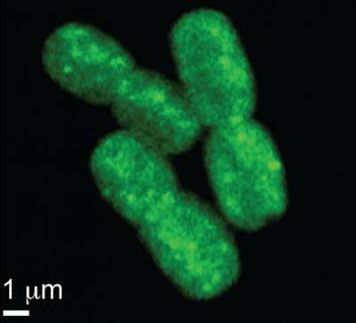Conquer ultra barrier properties
Measuring the oxygen permeation rate with the very low detection limit of 0.5 ppm (gas phase) offers new opportunities: Minimizing the amount of oxygen that penetrates certain synthetic materials helps to improve the shelf life of products or films with ultra barrier properties for certain technical applications, e. g. LED displays, photovoltaic modules or organic solar cells.
Especially the packaging industry and material development will benefit from a joint project between the Fraunhofer Institute for Process Engineering and Packaging IVV in Freising and PreSens Precision Sensing GmbH in Regensburg. The project resulted in a prototype device for trace oxygen measurement which is easy-to-handle and very cost-effective. The detection limit of 0.5 ppm in the gas phase of the new, highly sensitive sensor TAF12 allows measurements lower by a factor of 50 than in systems used so far and has a dynamic range of 0 – 1000 ppm (gas phase). The newly designed measurement cells with improved leak tightness are made of stainless steel.
The new measurement system together with the TAF12 sensor by PreSens is an easy-to-use and cost-effective method to determine oxygen permeability of important synthetic materials. In a few months time, serial production will have started and customers in industry and research will benefit from the low detection limit while testing novel packaging materials or high barrier films.
Other news from the department research and development

Get the chemical industry in your inbox
By submitting this form you agree that LUMITOS AG will send you the newsletter(s) selected above by email. Your data will not be passed on to third parties. Your data will be stored and processed in accordance with our data protection regulations. LUMITOS may contact you by email for the purpose of advertising or market and opinion surveys. You can revoke your consent at any time without giving reasons to LUMITOS AG, Ernst-Augustin-Str. 2, 12489 Berlin, Germany or by e-mail at revoke@lumitos.com with effect for the future. In addition, each email contains a link to unsubscribe from the corresponding newsletter.




























































